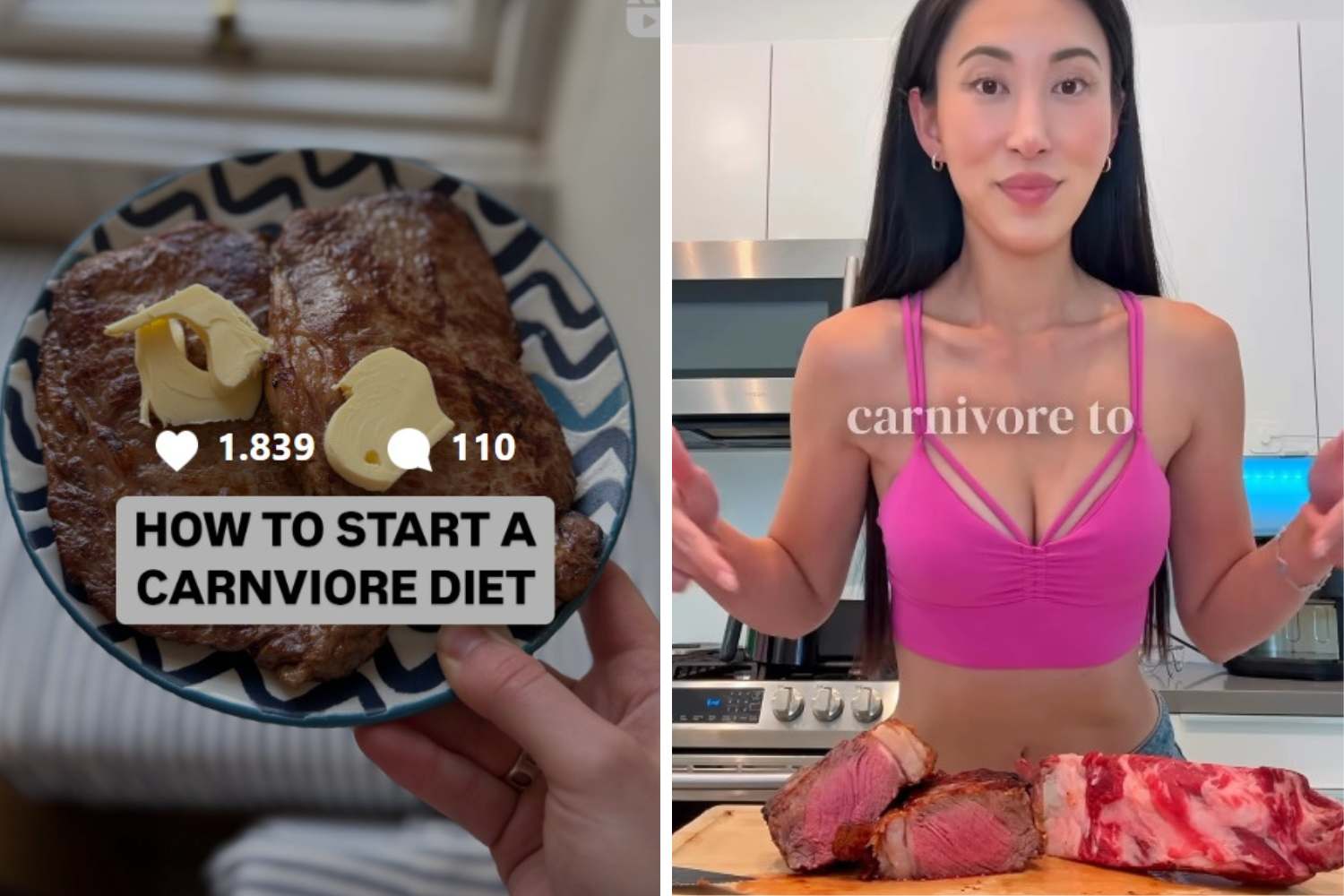Social users, with tens of thousands of followers, who show themselves in photos and videos in which they eat raw meat steaks. We are talking about "meat influencers", a dangerous trend, which we really didn't need

Over the last few years, a concerning trend has begun taking hold among culinary influencers on social media: the rise of “meat influencers” who share videos and pictures of themselves eating raw steaks.
These influencers state that consuming raw or undercooked meat can contribute to various health advantages, such as increased energy, weight loss, reduced anxiety, and acne-free skin. For others, the ingestion of raw meat aligns with the evolutionary diet of our ancestors, who lacked the benefits of modern cooking methods. Therefore, the philosophy of this diet is established as a “natural choice” that could be beneficial to health in general.
The adherents of the diet exclude grains, legumes, vegetables, fruits, and above all, carbohydrates from their menu. The ideology has received a literary reference in bestseller Carnivore Diet by Shawn Baker, an orthopedic surgeon who rose to fame with his carnivore diet theories and outspoken anti-vegan opinions. Baker promotes red meat as the best food in the world, and his highly popular Instagram account fuels the meat cult, while advertising it as pretty much the only source of nutrition (though he occasionally admits to cheating).
The reasons for so many people adopting these extreme regimens are complex, with some influencers claiming they embarked on the diet due to underlying medical conditions. But what are the risks? The growing pursuit of perfection in the body, combined with poor nutritional education and the ease with which some influencers chronicle their experiences, could lead many to adopt the same meat diet without first consulting a nutritionist.
While the majority of meat influencers do not advocate for or directly recommend the carnivore diet, the way that they present their dietary methodology titillates the interest, and the possibility for emulation is only a stone’s throw away.
The risks
Despite the trends’ popularity on social media, health and food safety experts are very concerned about the risks of consuming raw meat and, more generally, consuming enormous amounts of meat at the expense of other food groups.
Eliminating entire food groups like fruits and vegetables exposes the individual to severe nutritional deficiencies as vital nutrients and antioxidants are excluded. The carnivore diet is also deficient in fiber, which plays a role in normal bowel movement.
Consuming very high quantities of meat, in addition to its high sodium and saturated fat content, can predispose to significant cardiovascular conditions like hypertension.
There are also concerns regarding the danger of contracting dangerous bacterial and parasitic infections, such as Salmonella, E. coli, and Toxoplasmosis, which easily thrive in raw flesh.
Scientific studies have determined that bacteria found in raw meat, if not appropriately treated through cooking, can cause severe food poisoning, the symptoms of which can be as simple as diarrhea and vomiting or as complex as kidney failure or sepsis. These dangers are even more pronounced in improperly stored meat.
Meat influencers have a tendency to obtain high-quality meat from certified suppliers who ensure proper product handling, storage, and pasture-based and grass-fed farming. However, people who opt to emulate these tendencies are not likely to have access to the same meat quality, and this increases the risks associated with consuming raw meat.
One study describes the case of a 40-year-old man who, following an eight-month carnivore diet, developed yellowish nodules across the palmar aspect of his hands, plantar aspect of his feet, and elbows. The diet was rich in fat and composed of large quantities of cheese, butter, and supplemental fats.
The patient had lost weight, was more energetic, and his mind was clearer, but his tests revealed that his cholesterol level exceeded 1000 mg/dL, far higher than his previous level of 210-300 mg/dL. The final diagnosis was xanthelasma, a disease linked with hypercholesterolemia, which indicated the negative effect of high-fat diets on cholesterol and blood lipids.
Aside from health concerns, such a diet also significantly impacts the environment. High meat consumption, especially in large quantities and/or when it is not from sustainable sources, contributes heavily to greenhouse gas emissions, deforestation, and natural resource depletion.
Let us try not to be too influenced by what we see and hear on social media, and, in the case of dieting, always consult with a professional who will design the most appropriate eating plan for us.
